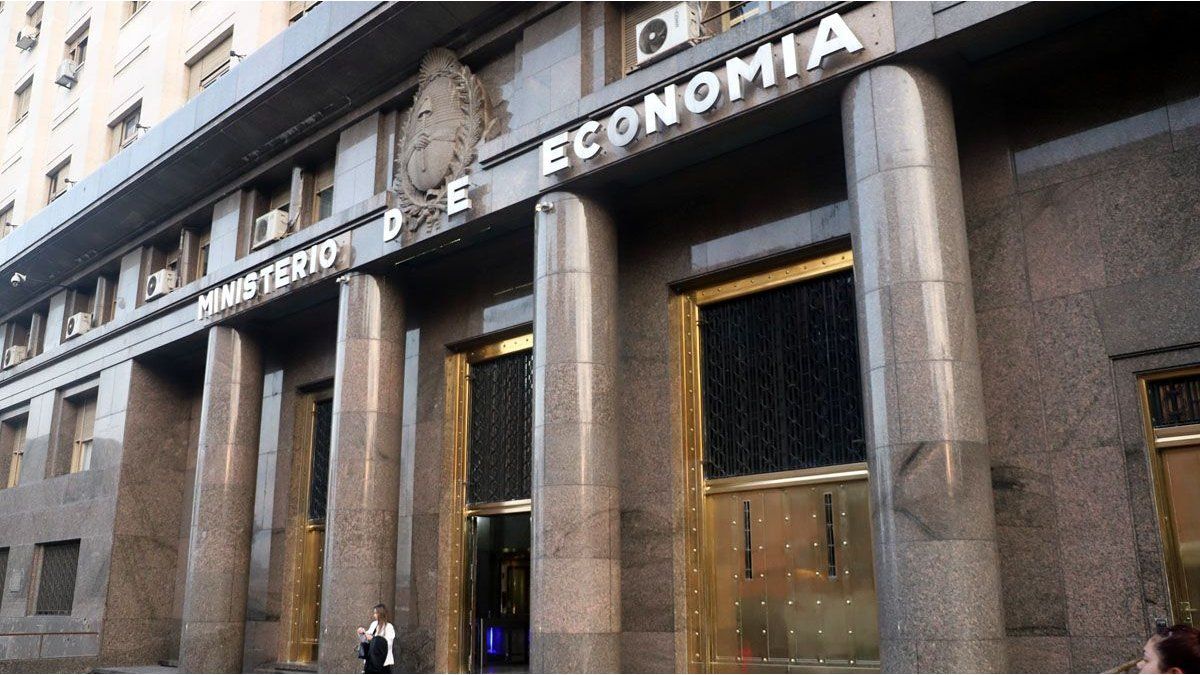The total index, which groups the three components, increased 4.8% monthly and 67.7% in relation to the same month of the previous year. In the same period, inflation grew by 64%.
According to a survey by the Bumeran employment portal, the commercial sector is the one with the lowest salary, with $66,250 per month; followed by Graphic Design for Marketing and Communications and Medicine, which tie for second place at $70,000 per month.
These are the positions with the largest number of employees in Argentina. But there are other positions where salaries are above average. Let’s see.
Better salaries in Argentina
Speaking of junior positions, the mining, oil and gas sector with $209,167 per month, topping the list of the best paid positions for that segment. It is followed by the sectors of risk analysis of administration and finance with $166,855 and industrial engineering of production, supply and logistics with $165,568.
The following jobs are in the technology networks and systems sector with $155,786 per month, human resources with $146,107, marketing and communication with $126,456, and Commercial business development with $112,549.
Regarding official data, the Center for Production Studies, of the Ministry of Economy, carried out a survey in April that showed that the best salaries in the country are paid in the mining sector, followed by energy. The range in these activities goes from $200,000 to over $350,000, depending on seniority. These jobs represent only 1.4% of formal work.
Workers in the financial and insurance sectors, together with information and communications, complete the podium with salaries of up to $185,000 in general, although the most senior positions reach higher levels. Somewhat behind are water, waste and sanitation; transportation and storage; and manufacturing. Salaries there range between $130,000 and $145,000.
Above the $100,000 line are employees in sectors such as professional services, health, commerce, and association services. Among the furthest behind are workers in real estate, recreation, construction, administrative activities, agriculture and livestock, education, and tourism and gastronomy.
It should be noted that since the official data is from April, subsequent adjustments were made due to the spiraling of inflation. Subsequently, adjustments were agreed ranging from an additional 15% to more than 30%, depending on the sector.
How much does a CEO earn in Argentina
At the beginning of the year, Page Executive carried out a survey that showed that a CEO in Argentina at that time received between 100,000 and 135,000 dollars per year in a company with a turnover that exceeds 50 million dollars per year. At that time it was about $10 million a year at the official value of the dollar.
In companies with results between 50 and 150 million, CEOs earned between $140,000 and $220,000 per year, and the variable remuneration adds between 20% and 25% more. In those companies with a turnover of between 150 and 250 million dollars a year, the compensation was between $240,000 and $300,000 per year, with up to 30% extra for variable factors. And finally, the CEOs of the companies that reported more than 250 million dollars received 320,000 and 600,000 dollars a year.
To these salaries we must add extras, bonuses and other additional benefits.
The 10 cities with the best salaries in Argentina
Santa Cruz, Chubut and Neuquén are the provinces where the average income is higher given that activities related to energy and mining predominate. At the other extreme are Santiago del Estero, Tucumán and Misiones.
Among the ten departments with the best salaries in the entire country, eight are Patagonian. This emerges from a report by the Center for Production Studies (CEP XXI) based on data from the Ministry of Productive Development.
In the first place is Magellan, Santa Cruz. This department, located in the center-east of the province, has Puerto San Julián as its main city and is highly specialized in mining. The median salary is $364,659.
In second place is Lago Buenos Aires, also in Santa Cruz, a mostly mining region, where the average salary is around $344,000.
Near Vaca Muerta is Pehuenches, in Neuquén. There the activities are linked directly or indirectly to the deposit and the average salary is $340,566.
Always with salaries above $300,000, Sarmiento (Chubut), Río Chico (Santa Cruz), and Escalante (Chubut) are still on the list. All of them cities linked to energy and mining.
A curious case is that of Empedrado, Corrientes, where an important part of its workers are fishermen and migrate to Santa Cruz during the fishing season. Deep sea fishing is high income.
Patagonia returns in eighth and ninth place. Deseado, in Santa Cruz, oil, mining and fishing, all branches of high wages, have a strong weight. Followed by the Corpen Aike department, in the same province, with a preponderance of the construction of Santa Cruz dams and, to a lesser extent, in mining.
The Buenos Aires locality of Vicente López closes the list. Qualified employment predominates there, much of it linked to the software industry. The average salary is around $260,000.
Middle class in Argentina
According to Indec data, the basic basket, the value of the Total Basic Basket for a four-member household is $104,216.80. It is what is required to not be considered poor.
A paper by the consulting firm W indicates that 17% of the total population belongs to the upper middle class (C2) with an average household income of $300,000 and a flat of $250,000; and 28% to the lower middle class, with an average income of $150,000 and a floor of 120,000 pesos. Only 5% belong to the upper class (with an average income of $800,000 per month and a flat of $450,000). The rest are in the lowest strata, below the poverty line.
Source: Ambito
David William is a talented author who has made a name for himself in the world of writing. He is a professional author who writes on a wide range of topics, from general interest to opinion news. David is currently working as a writer at 24 hours worlds where he brings his unique perspective and in-depth research to his articles, making them both informative and engaging.




